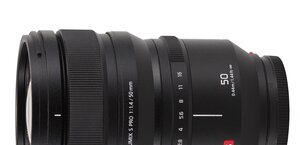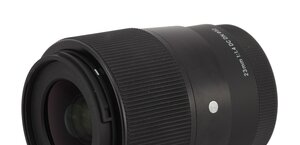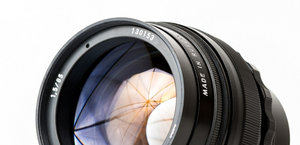Panasonic G X VARIO 12-35 mm f/2.8 ASPH. P.O.I.S
8. Vignetting

As you see the vignetting level here is very high, especially at both ends of the focal range. If you take into account the size of the detector you deal with here you can even say it is huge. At 12 mm focal length and the maximum relative aperture you must take into account the loss of as much as 49% of light (-1.93 EV). Stopping down the aperture to f/4.0 makes this aberration decrease to 28% (-0.94 EV). By f/5.6 and f/8.0 we get respectively 18% (−0.59 EV) and 14% (−0.44 EV). After further stopping down you can’t notice any measurable influence on the vignetting level.
Please Support UsIf you enjoy our reviews and articles, and you want us to continue our work please, support our website by donating through PayPal. The funds are going to be used for paying our editorial team, renting servers, and equipping our testing studio; only that way we will be able to continue providing you interesting content for free. |
- - - - - - - - - - - - - - - - - - - - - - - - - - - - - - - - - - - - - - - - - - - - - - - -
The least vignetting problems you can spot in the middle of the focal range. At the maximum relative aperture the brightness loss in frame corners amounts to 24% (-0.79 EV) which is a moderate value. By f/4.0 the vignetting decreases to 15% (-0.46 EV) and by f/5.6 it becomes imperceptible (10%).
At 35 mm focal length you can observe the return to a high vignetting level. In the case of f/2.8 you must take into account the light fall-off as big as 42% (-1.56 EV). On stopping down the aperture to f/4.0 it’s reduced to 23% (-0.76 EV). The aberration becomes imperceptible by f/5.6 where it reaches just 10% (-0.29 EV).
One more thing is worth noticing as well. At the widest angle of view the lens gets a very high level of barrel distortion. It is corrected and images are cropped so the real field of view corresponds the declared one. It means, though, that the real focal length of the lens at its wider end is in reality shorter than 12 mm and the registered image features a larger angle of view than that stated in the specifications. Of course you can take advantage of that increased angle of view under the condition that you use independent software to develop your RAW file. There is also a price to pay – a larger field of view means higher vignetting. The image below shows clearly that, at the wide angle of view and maximum relative aperture the vignetting reaches a huge level of 70% (-3.56 EV). Such is a sad consequence of using a wider field of view than that stated in specifications.
 |
At other focal lengths the vignetting results you get for RAW and JPEG files differ in 2-3% at most. It is caused by the fact that at narrower angles of view the distortion is definitely lower and the cropping of images – reduced to minimum.
 |
 |
 |






